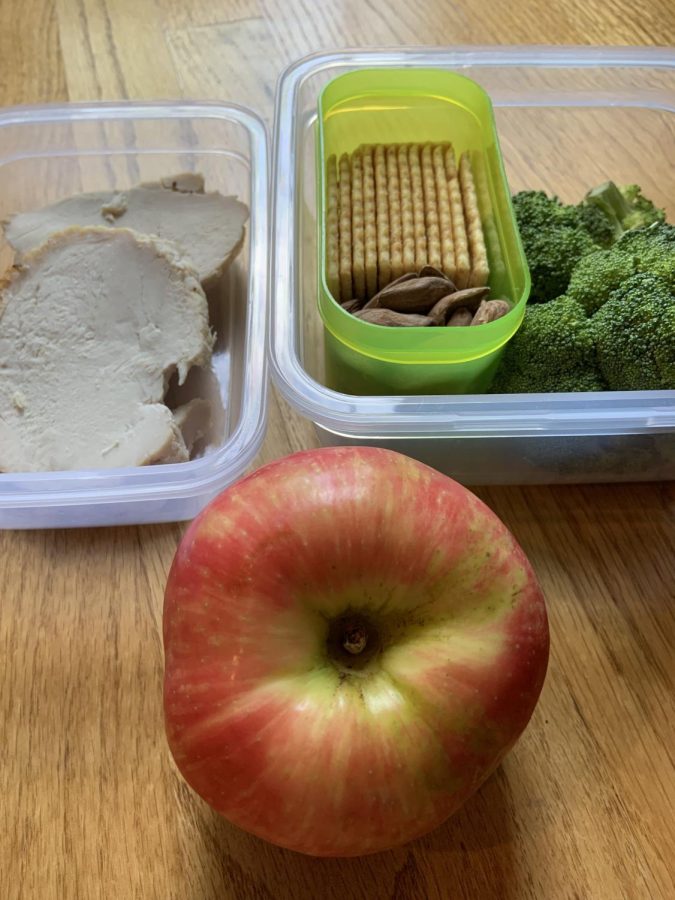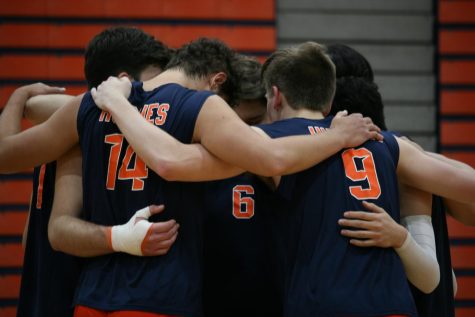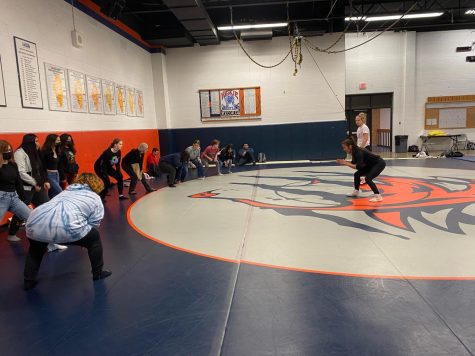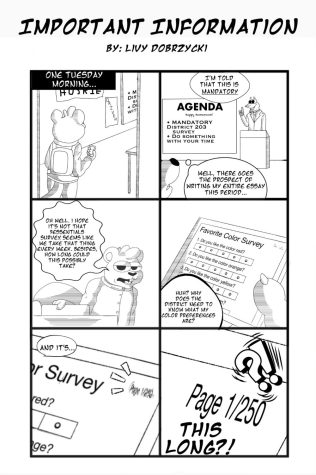Column: How meal prepping can help students
Food for Thought:
Photo by Faye Tyschper
The school year is now in full swing. With championship competitions right around the corner, commitments to extracurriculars and countless academic responsibilities, proper nutrition isn’t typically the first thing on a high schooler’s mind. What if I told you that there’s an easy way to meet the responsibilities that come with being a teenager and to ensure that your body is properly fueled to take them on? The simple answer: meal preparation.
Meal preparation has been deemed as one of the most effective ways of ensuring that essential nutrients are present without sacrificing much time throughout the day to make these meals. For high school students, this is especially useful when trying to maintain a healthy diet while still being able to participate in the things they enjoy.
Health professionals across the globe continue to favor this new method of healthy-eating, including Amy Cowan, nurse at Naperville North High School.
“Nutrition is one of the most important components of health. So, meal prepping is something that should be considered,” Cowan said.
Renee Billish, an NNHS Health Instructor, offered some examples of quick, nutritious and delicious breakfast recipes that cater to a busy schedule.
“For breakfast, oats, avocado with an egg, whole grain toast with nut butter, and things like that can be more sustainable throughout the day than other breakfast foods,” Billish said.
In fact, eating a balanced breakfast and nutrient-packed snacks throughout the day can boost academic performance. Overall daily functioning has been shown to significantly improve too, according to the CDC.
Even with guidance from professionals, some students still struggle to find a healthy, balanced way of eating due to the increasing prevalence of “diet culture” on social media. According to The University of California San Diego, unrealistically edited social media posts promote ways generally unhealthy or unsustainable eating habits in efforts to prioritize appearance over proper nutrition. Oftentimes, diet culture promotes under-eating, over-exercising and categorizing foods as simply “good” or “bad.”
“Kids don’t eat what they need to eat because they are spending too much time on social media looking at [edited] pictures and images,” Cowan said.
Another possible reason as to why some students aren’t able to maintain a balanced diet is due to the lack of access to fresh produce or other necessary foods.
“Some people simply aren’t able to afford it, or it just isn’t a priority in some families. Sometimes, it’s just ‘grab whatever you can’ before going out the door,” Billish said.
Despite these pressures, some students strive to make health a priority by working with their families to plan meals together. Julia Fitzgerald, a junior and member of the NNHS swim team, explained how her family accomplishes this.
“Although we don’t always prepare meals for breakfast and lunch, my family always tries to decide what to eat for dinner together which is really helpful when it comes to finding nutritious foods for swimming,” Fitzgerald said.
Even though busy schedules and lack of access to nutrient-rich foods might create obstacles to meal prepping, maintaining a balanced diet is one of the most vital components in achieving success both in and out of the classroom.
“If you’re not putting in the things that your body needs, you won’t be able to get what you want out,” Cowan said.

Faye is a senior at Naperville North this year, and is excited to take on the role of Editor-in-Chief in her second year writing for The North Star. She...
















